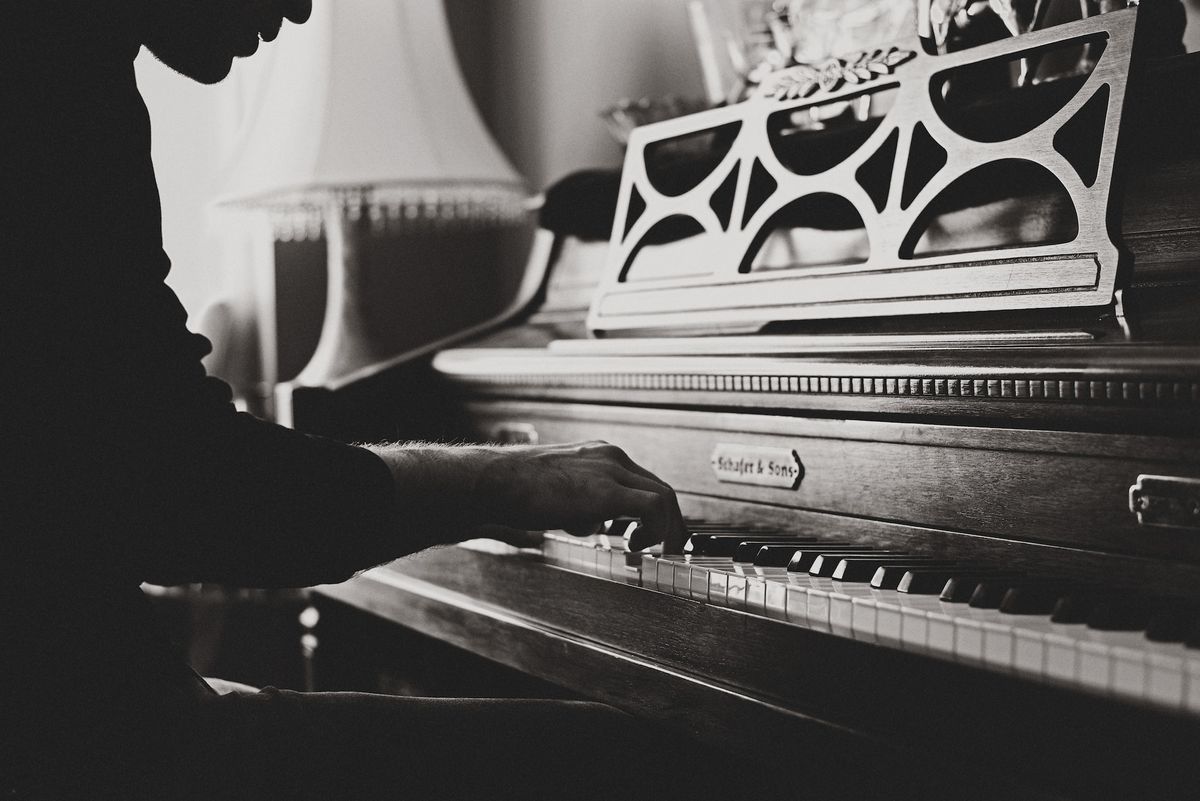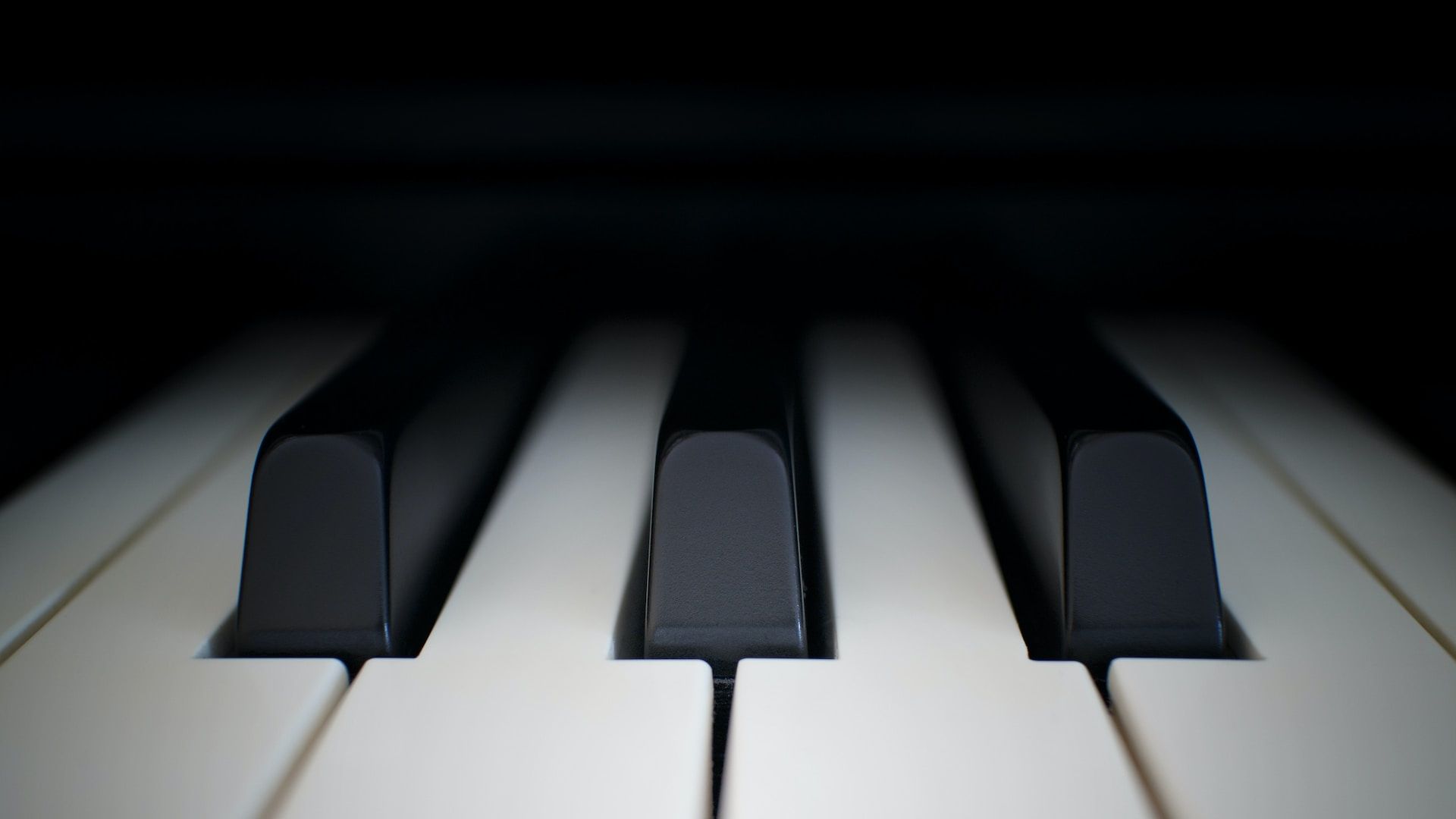How To Prepare A Piano Exam Piece: 5 Key Tips

Preparing for a piano exam may seem daunting to some, but with the right approach it doesn't have to be stressful. Here are some thoughts to help you prepare effectively for your next piano exam:
1. Choose Your Pieces Carefully
Listen to recordings of the pieces to help select your favourites. YouTube is very handy for this as people often upload the official recordings. Otherwise you can purchase the official downloads / CD from the exam boards such as ABRSM, Rockschool and Trinity to help with selection. You're going to be playing these pieces a lot so don't skip this step!
2. Analyse The Piece
Grab a pencil and mark up the piece in your own way. Highlight repeats, changes in key signature etc. Note rhythm patterns, accents, tempo changes, articulation. These will provide useful cues on phrasing and interpretation. Add in fingerings and pedal markings.
3. Learn Hands Separately At First
Speak note names to familiarise yourself with note patterns and then find them on the piano keyboard. Take it slowly, mindfully taking in each note and hand position change. Pay attention to tone quality. Work on rhythm next by clapping or tapping out the beats and speak the subdivisions between the beats. Play with a metronome. Count aloud to yourself. Try different articulations - legato, staccato and vary the dynamics. Make phrasing and musical shaping a priority.

4. Put Hands Together Slowly
Assess coordination by tapping rhythms using hands together. Then play a bar with hands separately followed by together. Identify and isolate trouble spots - large leaps, awkward rhythms. Focus on arm movement and relaxation. Avoid tension as tempo increases. Prepare notes ahead of time.
5. Add the Polish
Shape phrases and build your crescendos and diminuendos. Varying the tone is better than speeding up/slowing down. Pedal carefully. Perfect playing it without pedal first. Make the interpretation your own (but be careful with too much rubato). Connect with the music personally. Have fun!
Book a lesson with Ben here
